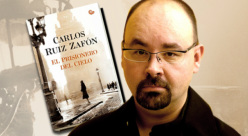
Carlos Ruiz Zafon seems to have sneaked up on the literary world. After publishing his first young adult (YA) novel at the age of twenty-nine, the Barcelona native went on to work as an LA-based scriptwriter before producing his first adult novel, the massive The Shadow of the Wind, in 2001. The series now spans three books with a fourth due out in the near future, and has lifted Zafon to the post of most successful living Spanish writer. It has also captured a diverse international audience, with the first instalment having sold more than fifteen million copies. Interestingly, it has done so without much in the way of the book clubs, must-read lists, awards and general force-down-your-throat fashion culture that has come to dominate publishing and helped boost the career of many an author to ridiculous heights.
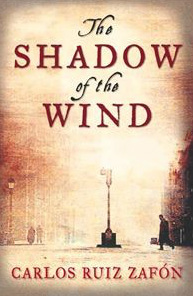
His past work as a YA author is clearly evident in the feverish descriptions of sweeping storms, shadow-drenched alleyways and flickering candlelight, earnestly reminding the reader every two or three lines of the gothic atmosphere in Zafon’s mind. It’s hugely overwritten but a huge amount of fun to read, the author sounding more like a budding teen at a typewriter than an experienced pro. Even so, it isn’t at all half-baked. Zafon’s Barcelona, a mournful version of his hometown enveloped by the Franco regime in the aftermath of the war, is a carefully crafted backdrop.
The war itself and the politics and melancholia of the populous are as significant as any member of the cast. To make unavoidable comparisons to other Spaniards, there may well be an influence of magical realism from the likes of Gabriel Garcia Marquez or, in terms of humour and sheer storytelling ammunition, even Cervantes.
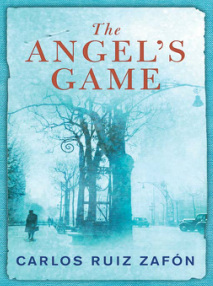
Zafon, on the other hand, peppers his dramatic flourish with cheap humour and the kind of stiff-upper-lip attitude that those under the thumb of the regime might have relied on, particularly thanks to secondary protagonist Fermin Romero de Torres. Zafon’s huge cast of wholly human and deeply endearing characters are what draw the reader in – protagonist Daniel’s relationship with his grieving father, his childhood friends and their individual paths into obscurity, the wise-cracking sidekick de Torres and a formidable, unseen villainy that lurks around every corner.
Again, it’s all overdone – the antagonist, Fumero, is a demented, sadistic and borderline satanic state police inspector who only just avoids becoming a cartoon. Oddly enough, this tremendous community may also be the series’ key weakness – there are so many characters, all named in full and outlined in at least some degree of detail, that it becomes almost impossible to remember them all and each instalment swells to the size of two or three ordinary paperbacks.
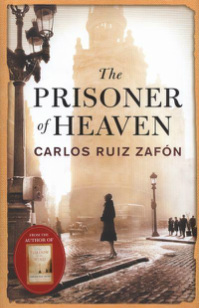
The second, the equally well-received The Angel’s Game, follows another mysterious writer and another mysterious novel which again lends its title to the one we’re reading, creating a book-within-a-book at the core of the plot. Whilst this may sound straightforward enough, the ever-climbing number of sub-plots, anecdotes and chapters-long expositions render the finished product anything but.
In the third instalment, The Prisoner of Heaven, Zafon manages to deviate from this slightly overbearing – dare we say even trite – pseudo-literary theme and instead focuses more on the historical backdrop and delves into the tragic back story of loveable sidekick de Torres and his suffering in the infamous Montjuic Castle prison at the hands of tormentor Fumero.
Whilst maintaining a more young adult than mature feel, the story never flinches in portraying death, torture, despair and the occasional outburst of sex, all the while maintaining a hopeful tone. Whilst his writing may be beyond flamboyant, Zafon is never guilty of the indulgence in, or reliance upon, gruesomely graphic violence that taints several of the big crime writers. Instead, he combines the ingredients of thrillers, romance, historical epics and family sagas – all sprinkled with just a careful dash of fantasy – to create a versatile and seemingly limitless world that he can take wherever he chooses. No plot details have yet been released concerning the fourth instalment but, after the third, it’s impossible to predict anything other than the potential resolution of the overall good guys vs. bad guys story arc and the demise of the unspeakably evil villain. By the time we reach the end, we will have covered most of the twentieth century and witnessed both our heroes’ and our antagonist’s whole lives. If nothing else, and in spite of its flaws and cheesy charms, the series is certainly an impressive achievement.



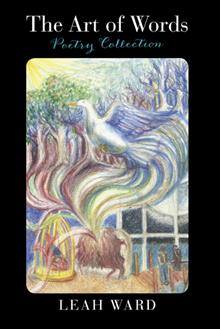
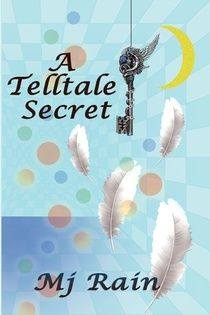
 RSS Feed
RSS Feed
